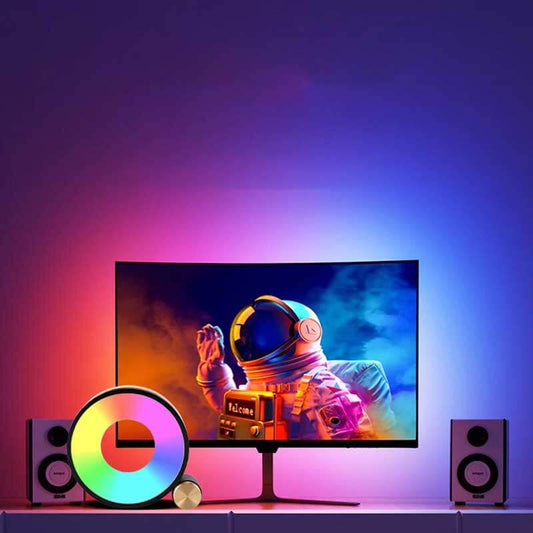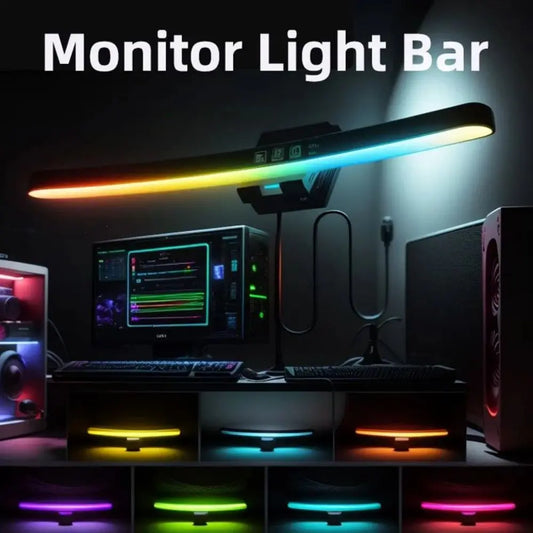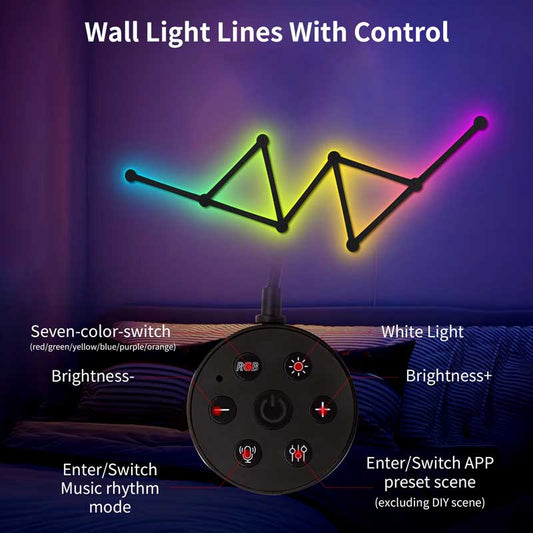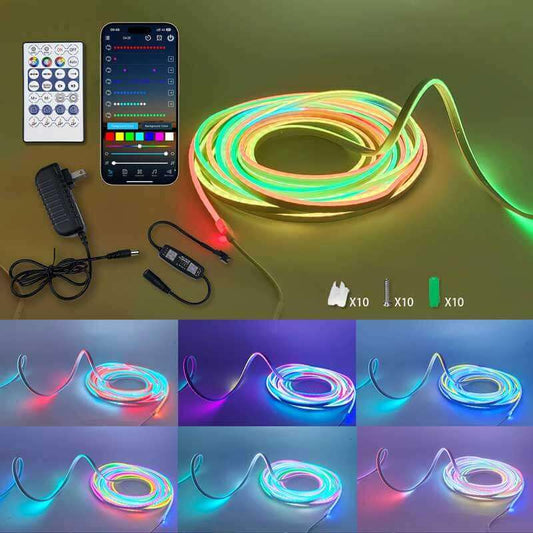Is 20,000 lumens good for a projector?
Share
A 20,000-lumen projector is exceptionally bright, but whether it’s "good" depends on the specific use case. In general, lumens refer to the amount of light output a projector can produce, and the brightness needed for an ideal viewing experience depends on several factors, including the size of the screen, ambient light, and the type of environment where the projector is used. Here's an overview of when a 20,000-lumen projector might be appropriate:
1. Professional or Commercial Use (Large Venues)
- Perfect for large venues, such as stadiums, auditoriums, large conference rooms, or outdoor events.
- In these settings, the projector needs to combat ambient light and project images across very large screen sizes, making high lumen output essential.
- 20,000 lumens will easily handle big screens in bright environments, providing clear, vibrant images even when there is significant ambient light.
2. Home Theater Use
-
20,000 lumens is way too bright for a typical home theater setup. In a darkened room with a screen size of around 100 to 150 inches, a projector with 2,000 to 3,500 lumens is usually more than sufficient.
-
For home use, projectors with very high brightness like this can actually be detrimental, as the high brightness can cause eye strain and washed-out colors in a dark environment.
Recommended Home Theater Lumens:
- Normal rooms with ambient light: Around 2,000-3,500 lumens.
- Dark home theater rooms: Around 1,000-2,000 lumens.
3. Outdoor Projection (Daytime Use)
- If you are projecting during daylight or in areas with bright ambient light (such as outdoor events), a 20,000-lumen projector could be a good choice. It would be able to maintain image clarity and vividness even in daylight.
- For example, if you're projecting on a large surface, like a building, or during daytime outdoor events, such a high-lumen projector would prevent the image from looking washed out due to sunlight.
4. Large-Scale Displays or Projections (Digital Billboards, Museums, Trade Shows)
- Digital billboards, trade show booths, and museum exhibitions require projectors with extremely high lumens for large-scale displays or projections. A 20,000-lumen projector is ideal for these situations, ensuring bright, clear images even in large, open, or well-lit spaces.
5. Factors to Consider When Choosing a Lumen Rating
- Screen Size: The bigger the screen, the more brightness you'll need to ensure the image looks vibrant and clear.
- Ambient Light: Projectors in rooms with high ambient light (like office spaces or classrooms with windows) will require more lumens to be visible. Dark rooms can function well with lower lumen ratings.
- Projection Technology: The technology of the projector itself (LED, DLP, or LCoS) also affects how the projector handles brightness. Some technologies, such as laser projectors, maintain brightness more consistently over time compared to traditional lamps.
Summary: Is 20,000 Lumens Good for a Projector?
- Yes, for large venues or commercial use such as stadiums, conventions, large auditoriums, or outdoor events, a 20,000-lumen projector is excellent because it ensures a bright and clear image in large, well-lit spaces.
- No, for home use: 20,000 lumens would be excessive and could cause eye strain and unpleasantly bright projections in a typical home theater setting. A projector with 2,000 to 3,500 lumens is usually ideal for most home environments.
In conclusion, whether a 20,000-lumen projector is good depends entirely on your projector usage needs. For home theater use, it's likely overkill, but for professional or large-scale projection, it could be exactly what you need.




